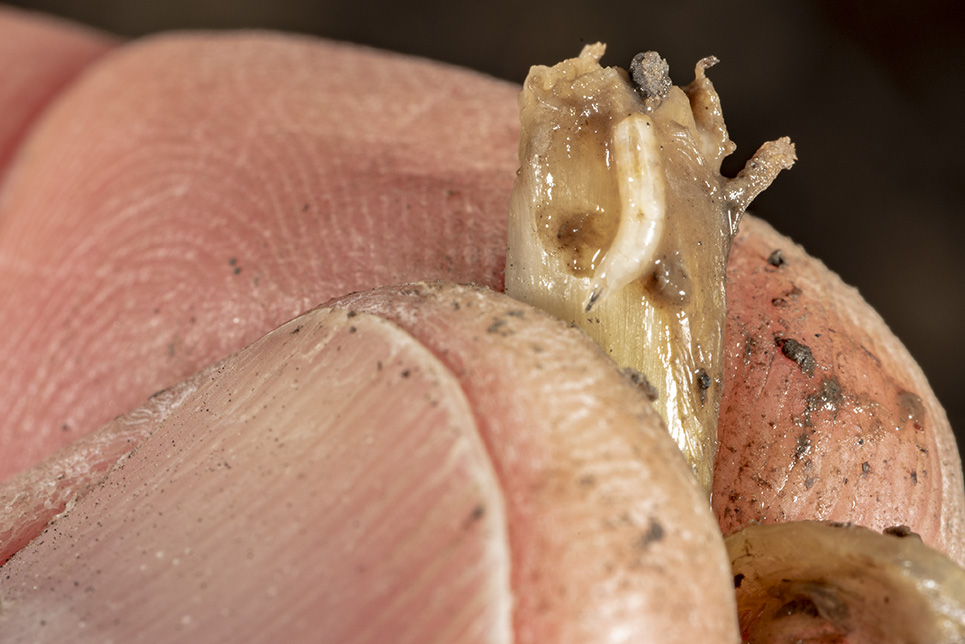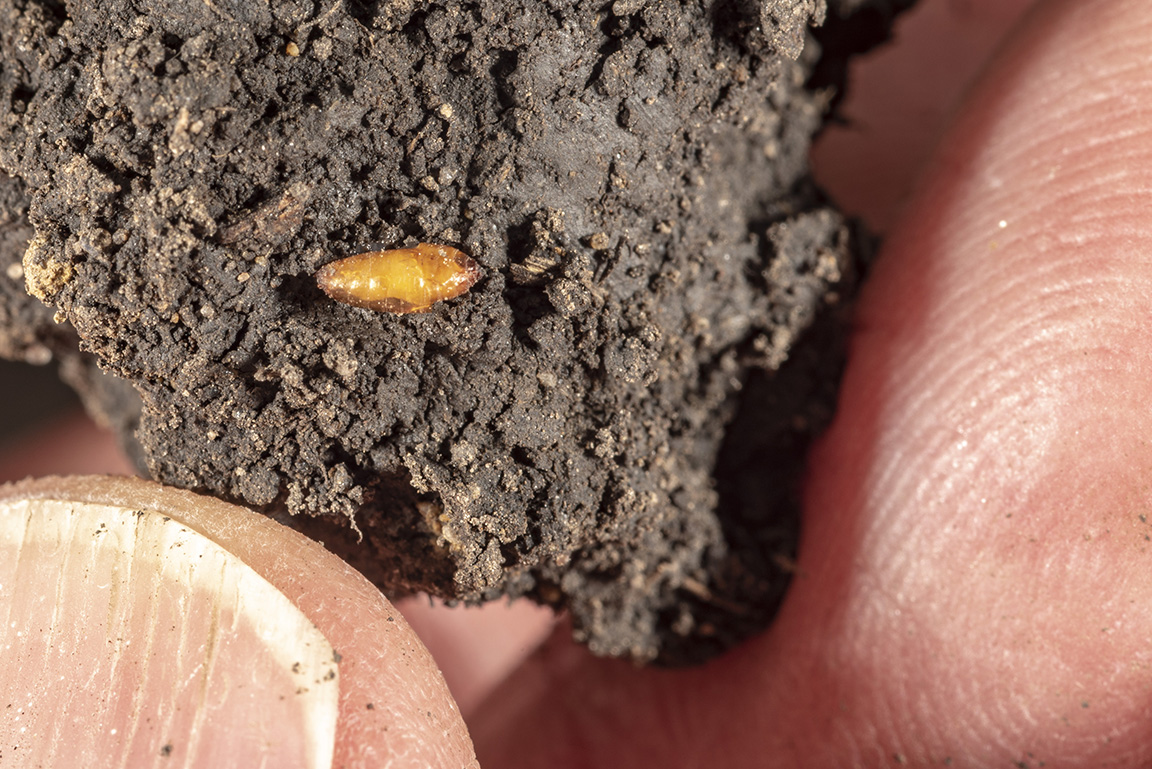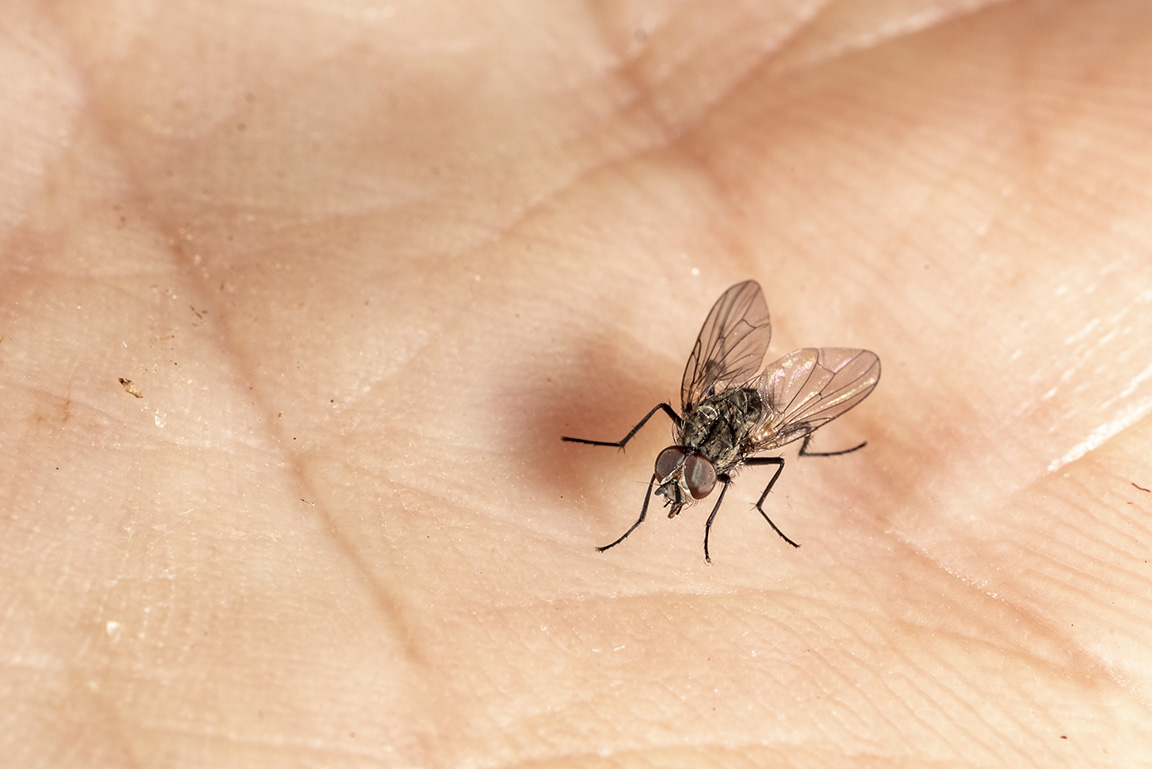As we discussed here last week, there have been an unprecedented number of calls and samples regarding seedcorn maggot damage, particularly in soybeans. The name of this pest leads you to believe that it is a corn specialist, but that’s not the case. Seedcorn maggots are generalist feeders, and will feed on a wide range of decaying or live organic material. This year, we actually had more reports of heavy feeding and stand loss in soybeans than corn.
At this point, two factors spell the end of the risk of further damage: 1) the vast majority of maggots are completing development and no longer feeding, and 2) warmer temperatures will mean that corn and soybeans planted now or in the near future won’t be at risk. Seedcorn maggots are only problematic when the seed or young plant is sitting in cold, wet soils for prolonged periods, not able to outgrow damage. Having said that, a trend towards earlier planting of soybeans may mean we will see this again in future years. So, what can we learn from 2021 experiences?
- If planting early, plant into “clean” seedbeds – this means no dead/dying winter annual weeds, animal manure, or excessive crop residue. This isn’t always easy to achieve, especially early in the spring. But remember that adult females are attracted to rotting organic material and although they are not targeting young corn and bean seedlings, they will feed on them if they encounter them.
- Don’t count on seed-applied insecticides: neonicotinoids including imidacloprid, thiamethoxam and clothianidin. Many of the reports we received included damage to treated seeds, and producers reported that the seed treatments didn’t seem to be doing much of anything. Admittedly, this is not a replicated study and it’s anecdotal information and we don’t have a strong historical dataset on efficacy for these pests, because they are so infrequent. But there’s a good chance that there was not much insecticide protecting these seedlings when the maggots showed up – insecticidal seed treatments are water soluble and rapidly move off the seed and move with water. Some of that movement is into the crop, but the vast majority goes elsewhere. A study in corn demonstrated that less than 2% of the neonicotinoid applied to the seed ended up in the plant. Soybeans are likely a similar story. In other words wet, saturated soils are the perfect recipe for the insecticide to leach away, just when you need it the most.
The bottom line is that we don’t have the tools to reliably combat this pest if plants are compromised by prolonged cool weather. Beyond hoping for good early growing conditions and planting into “clean” and well-prepared soils, there are few remedies. This year (early planting followed by prolonged cool period) presented a perfect set of conditions for seedcorn maggot infestations.





